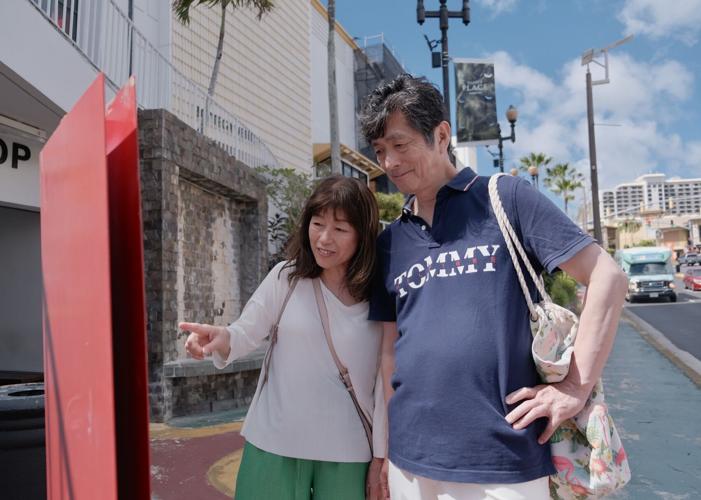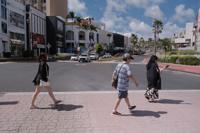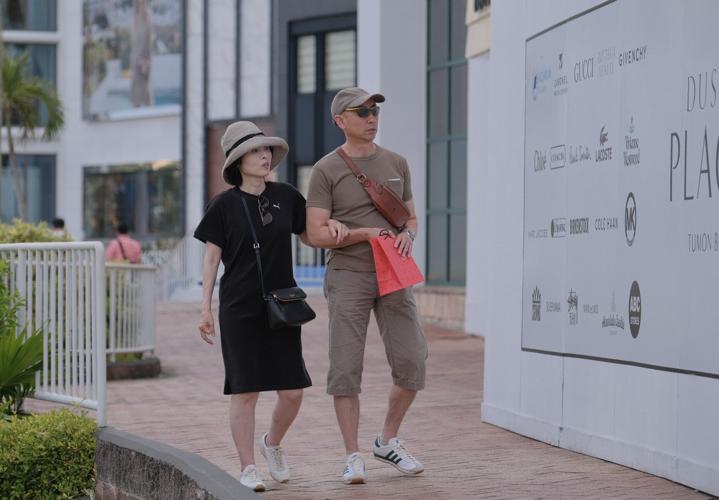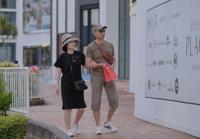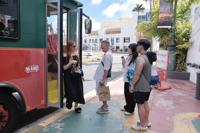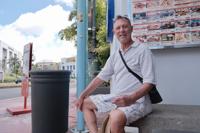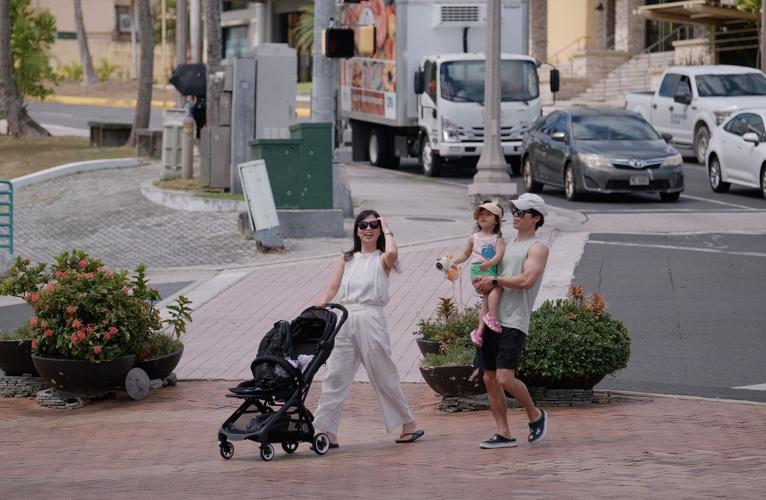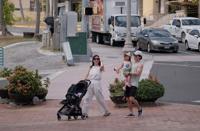Editor's note: This is Part 2 of a two-part report on GVB's tourism recovery plan.
The Guam Visitors Bureau's Tourism Recovery Committee is calling for new bond financing of up to $100 million to fund a wide variety of initiatives to revive the island's stagnant visitor industry.
According to committee chairman Mark Baldyga, its plan seeks $20 million from the proposed bond debt to go toward airline incentives and a reinvigorated marketing campaign.
The bond is referred to as a HOT bond, as it's to be backed by hotel occupancy taxes. The government of Guam has used this financing scheme before for tourism industry improvements.
In a presentation Thursday at the GVB quarterly membership meeting, Baldyga cited the need for an aggressive push for 2026.
He said tourism growth has been 10% per year, year-on-year, and at that rate, full recovery of the industry would still be 10 years away.
Airline service development
"I'm asking for $10 million in airline incentives from the HOT bond because it works," Baldyga said in an interview with The Guam Daily Post on Friday.
"We just added 50% to 60% to our Korean seat capacity in the last 30 days," he said. "We will have 40% to 50% more Korean visitors in the second half of this year than the first half because of it.
"The governor laid an important and solid foundation during her trip to meet the airlines a few months ago, and this allowed us to follow up and close the deals now," Baldyga said.
He said one of the most difficult challenges is a global shortage in aircraft that is prompting air carriers to be very selective in what routes they will fly.
"If you're not paying airlines incentives, you're just not getting the seat," Baldyga said.
He said it will ease in late 2026 or 2027.
"So, for the next 20 months, we've got to partner with the airlines to make it palatable for them to fly (to Guam)."
Baldyga also said it's not just the number of flights, but the equipment that's used.
"Korean air is adding the daily wide body, and if you do twice-weekly flights from six different destinations (on smaller aircraft) ... it equals the one wide body daily from Seoul that we already just added," he said.
Baldyga said Guam also needs to lay the foundation right away for the airlines to start mapping out aircraft utilization for 2026 and beyond.
He said their network planners develop the schedules well ahead.
"It's not a one-month-at-a-time thing. It's a year, six months in advance."
New marketing for Guam
GVB hired the Hawaii-based Omnitrak Group to conduct a survey of key markets in Japan, Korea and Taiwan.
In a separate presentation at the GVB membership meeting Thursday, Omnitrak's Chris Kam said travelers want something that's going to enrich their lives now.
"They want to learn something new. They want to experience something new," Kam said.
Kam said travelers from Guam's main source markets are "looking for a travel destination that has the unique cuisine, the unique culture, the sights (and) the sounds that make it a more deeper travel experience."
"Right now, we're in the phase of collecting data and research and trying to really understand how Guam is currently perceived by the new consumer and how to reposition ourselves," Baldyga said.
"It's very important because if we just keep marketing ourselves the way we have for the last 30 years, we're going to have 10% year-on-year growth forever," he added.
"I mean, I understand there's a little bit of natural trepidation about, 'You want to spend how many millions on ads?' You know what I mean? But you've got to market the destination."
"We're nonexistent," he said, citing an example of how his industry friends and staff visit source markets all the time.
"They always come back and say, 'You know, Guam used to be everywhere. right now, we're nowhere.' We used to be in the back of taxis and the posters on subway stations, whatever, and we moved entirely to social media," he said.
He said that social media is "probably the most important thing, but it's not the only thing, right?
"We really have to step up our marketing in a meaningful way. And we need to refine our message so we're speaking to the new market and the new consumer in the right way," Baldyga said.
According to Baldyga, it's about researching and understanding "what we need to be attacking and then spending the money needed to put our voice out there."
Baldyga cited another example of how Guam is losing out on potentially millions of dollars in exposure: The change in the interpretation by the U.S. Customs and Border Protection where social media influencers, "showbiz" types and television crews are not included in the visa-waiver program.
"This is a big issue, losing the visa for the influencers," Baldyga said.
"Like a Korean soap opera. They come with a crew, writers (and) tech assistants. You have to register the names of everybody and if one name changes they can't come," he said.
"So, it's really hindered our ability to get millions of dollars in free media exposure in Japan and Korea, because they can't come in on these (visa waivers) anymore," Baldyga said.
The four pillars
The core focus of the tourism recovery plan are the "four pillars" of destination development, air-service development, attraction/event development and marketing, Baldyga said.
And to accomplish all the initiatives identified in the plan will require up to $100 million in a new HOT bond, Baldyga said.
But he reemphasized the need for the funding to make that aggressive push by 2026 to achieve the envisioned 1.1 million arrivals by next year.
"I think we're probably 90 days from putting it to the Legislature. And then it'll be a couple of months. And then it's maybe six months from going to the bond markets," he said.





